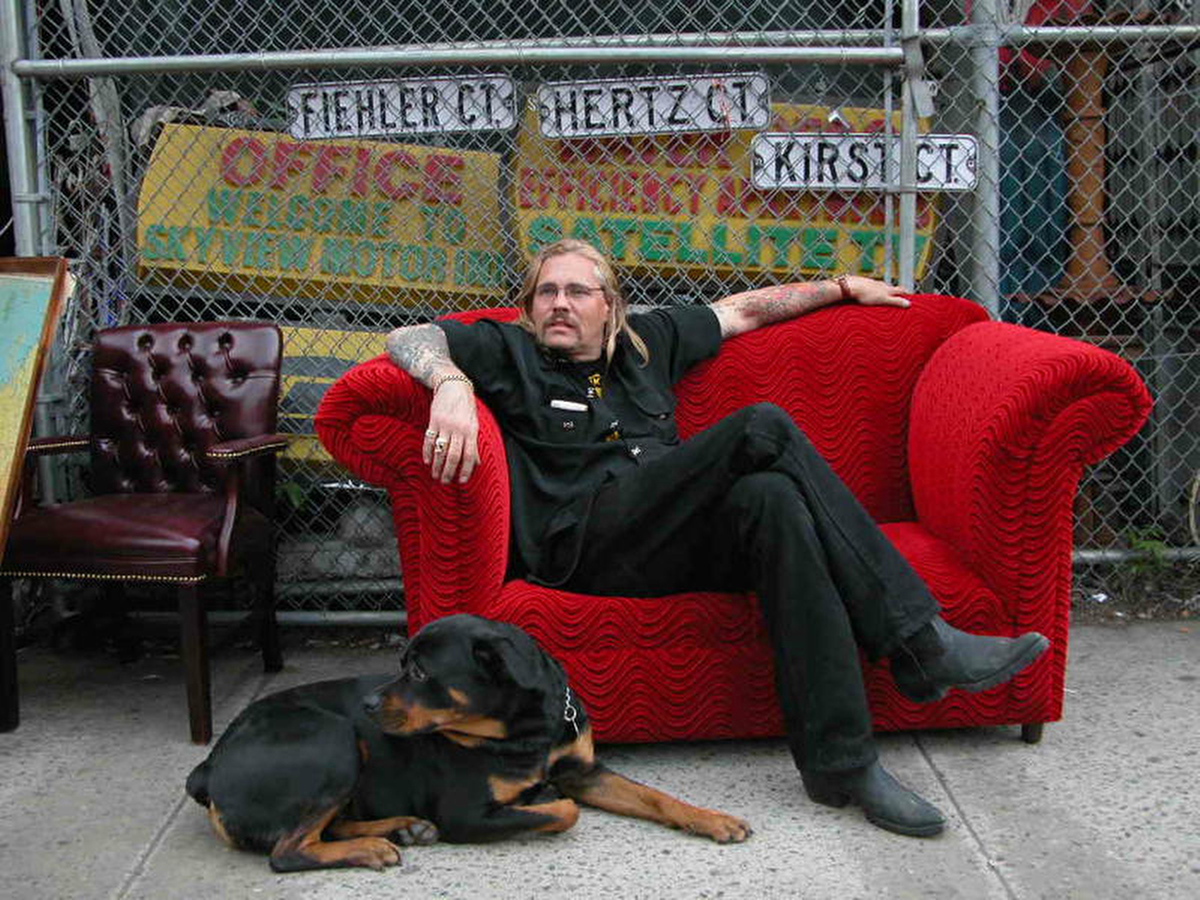All good citizens must be on alert for injustices, but I don’t think all good artists need be, at least not in their work. Inspiration is what it is, and a thing of beauty shouldn’t be discounted regardless of its topic. But I still enjoyed A.O. Scott’s New York Times roundtable about the role of creative people addressing race and class and other social issues. In the following excerpt, playwright Lisa D’Amour discusses the extreme difficulty of living in a city like New York as a starving artist. The economist Tyler Cowen has predicted that in the future, poorer Americans will be completely priced out of bustling cities, and while I don’t agree with that, I have to admit that many of the most interesting people I’ve met here have moved elsewhere, refusing the shoebox and the second-class status.
____________________________
A.O. Scott:
How do you think economic and other changes — growing inequality, the recession, digital technology — have affected the way artists work? What new obstacles and opportunities do you see?
Justin Torres:
To pretend that a robust middle class is good for everyone is a convenient justification of entrenched inequality; a robust middle class is good for the middle class. And the further you move up into the higher echelons of the middle class, the less you consider those below in real ways, the more remote the dramas of their lives seem.
Patricia Lockwood:
It would be silly to say that artists are poorer than they used to be. It’s been a hazard for us historically, and it’s a hazard now. However, we have entry now to an infinite library and an infinite community. Artists, too, tend to see where the dollar is strong and drift there. They’re capable of taking scrabbling, small advantage of a rich country’s misfortune, because they live in the cracks.
Justin Simien:
Raising the money to tell stories that are designed to do anything besides strictly entertain masses of people has always been difficult. What I have noticed in my industry is that the degree of distribution and promotion is tied to economic formulas used by studios to evaluate the worthiness of one project over the other. These formulas often function like self-fulfilling prophecies. The belief that a certain kind of film won’t make money leads to limits on its budget, distribution and promotion that will reinforce that belief.
David Simon:
The revenue stream for what I do is less and less guaranteed to the entities that fund my productions. The democratization of the digital age offers notable benefits, but nonetheless poses an equally extraordinary threat to the highest end in a variety of media. “Information wants to be free” is the cry of so many new-media mavens. But I’ve scanned my production budgets — which are far from the most costly outlays for HBO and Time Warner — and, hey, information is not free, at least not the information that I create.
Lisa D’Amour:
It is nearly impossible now to live in a city with a part-time “money job” and the rest of your week to discover your art. If you wake up every morning in a panic about money and security, it shuts down a lot of opportunity for creativity. This sentiment, of course, opens up a whole can of worms about privilege and who is allowed to take the risks of art making. I’m white and grew up middle class (academic dad, high school teacher mom). They rarely supported me financially in my art making, but they always supported me emotionally. I always had a stable home to return to, if the whole art making thing fell apart.”•
Tags: A.O. Scott, Justin Simien, Justin Torres, Lisa D’Amour, Patricia Lockwood

